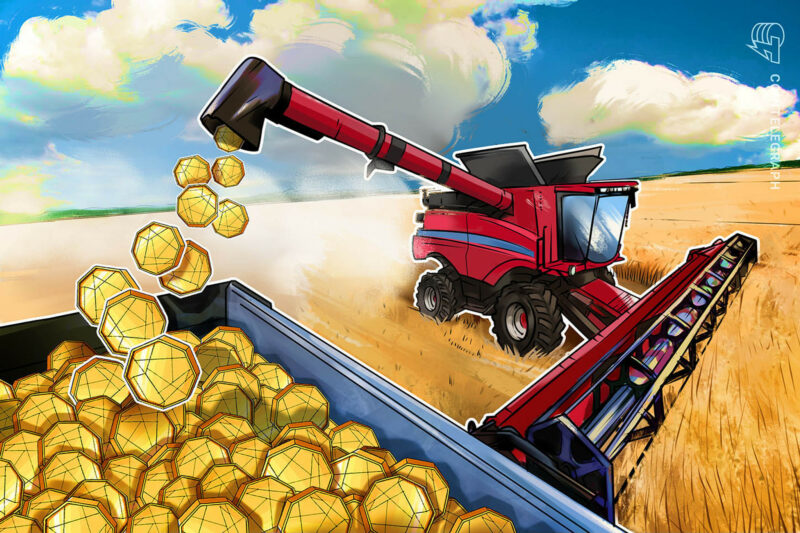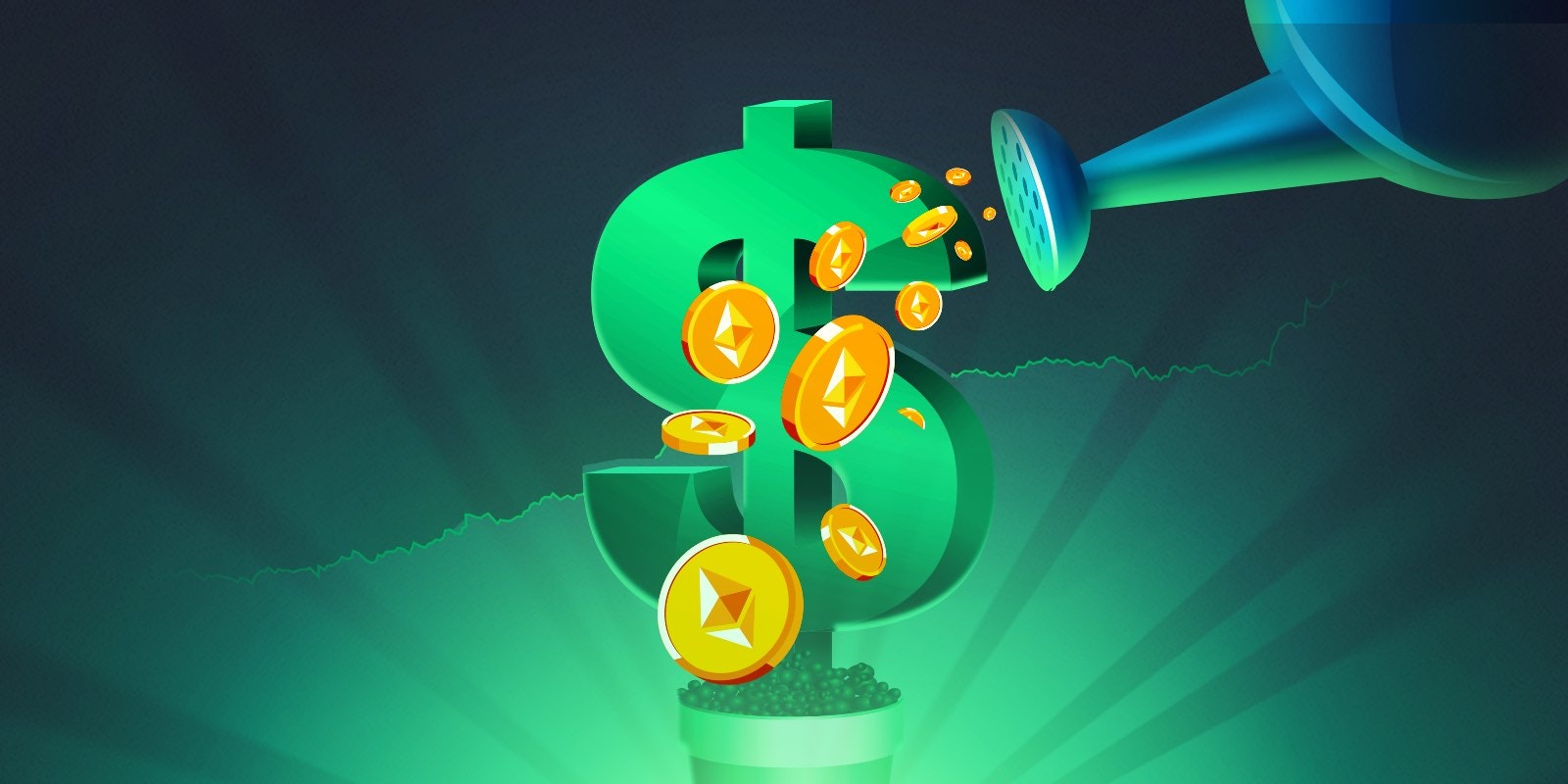How is Yield Farming Impacting the DeFi and NFT Segments?

Decentralized Finance (DeFi) is the most happening segment in recent times. Yield Farming and Liquidity Mining are a couple of buzzwords that you hear in this space. Yield farming is rapidly emerging as it offers lucrative profits to crypto investors.
What is Yield Farming?
In today’s crypto world, the decentralized finance market is rapidly growing. Automated market maker (AMM) is a new trend in the DeFi segment wherein liquidity pools are created automatically via smart contracts. A liquidity pool is a money pool operated via smart contracts wherein trading is executed using predefined algorithms.

Yield farming is a process of investing crypto funds in liquidity pools and receiving passive income from trading fees in return. It’s a decentralized and permissionless mining protocol that leverages the Automated Market Maker (AMM) system. When the trading fees are paid by the users to the marketplace, the fee is shared between the liquidity providers based on the value of their investment by the marketplace. Instead of holding cryptos idle, you can provide them in the form of liquidity to DeFi-based protocols such as SushiSwap and earn extra income.
Yield Farming Vs Crypto Mining Vs Staking
Yield farming is not to be confused with crypto mining or staking. Crypto mining is the proof-of-work consensus model that involves solving complex mathematical algorithms to validate a block on the network and gain cryptocurrency in return. Similarly, staking involves the proof-of-stake process wherein people who own a higher stake validate the block and earn rewards. Yield farming is a process of investing funds in a liquidity pool wherein these funds are offered to borrowers as a loan. You will earn interest for the lending amount.
When it comes to staking, you have to hold funds for a long time to gain profits. However, yield farming gives you quick returns as you can earn governance tokens by investing funds across multiple liquidity pools. With lending and borrowing happening automatically, investors benefit from governance tokens.

Yield farming is a complicated process and considering its dynamics and volatility, it is not easy to calculate exact returns. There are two common ways to calculate revenues. Annual Percentage Yield (APY) calculates your returns on an annualized model combining the principal and compound interest. Annual Percentage Rate (APR) is another model that calculates the interest annually. However, there is no compound interest calculated here as the returns are again invested in the pool for more profits.
Why is Yield Farming so Popular?
Today, more and more people are choosing yield farming because it offers lucrative profits. According to CoinMarketCap, total digital assets locked in Yield Farming accounts for $2.42 billion, as of July 16th, 2021. The ability to efficiently move digital assets across different liquidity pools and protocols makes Yield farming the first choice for crypto investors. While you can earn governance tokens and increase your profits, you can also benefit from smaller transaction fees. You have the flexibility to enjoy variable interest or a fixed interest when you invest funds in the DeFi segment.

The increasing popularity of yield farming is not just limited to investor profits. It is also boosting the DeFi landscape by offering the initial liquidity required by various dApps in the DeFi space. Several startups benefitted from the liquidity offered by Yield farming. Lenders and borrowers are equally being benefited from this trend.
The Impact of Yield Farming on NFTs
While 2020 was a great year for the DeFi segment, NFT has been dominating the year 2021 so far. NFT stands for Non-Fungible Token. It is a data unit published in an immutable manner on the blockchain and represents a unique digital asset. NFTs can represent a digital art, music piece, video or game item. They provide a real use case of crypto by offering services such as lending and borrowing. NFTs became popular with CryptoPunks.
While Ethereum-based DeFi markets have shown good performance in 2020, high gas fees, speed and scalability have been a concern for many. This is what brought the multichain paradigm onto the stage. Today, people are extending the NFT marketplace onto other side chains. Binance Smart Chain, Polygon are a couple of notable examples of the NFT expansion on other chains. It is interesting to note that Binance Smart Chain alone recorded a Total Value Locked (TVL) amount of $25 billion in the last 3 months.
The advent of yield farming has changed the NFT marketplace dynamics. Today, NFT farming is quickly emerging. NFT farming integrates NFT with the DeFi segment to bring more value to investors. Here, investors can stake NFTs and gain profits or tokens as rewards. As such, NFTs gain huge liquidity that will help them to quickly grow their business and make a mark in the market.

The good thing with NFTs is that digital assets are published on various blockchains. They are interoperable as they follow certain protocol standards (ERC -721 standard). It means you can simultaneously work with multiple systems, smart contracts and programs. This is what makes yield farming with NFTs attractive as you can seamlessly move digital assets between multiple projects. You just need a crypto wallet such as Metamask. Once you open an account here, you can store your tokens and stake them in a liquidity pool. Based on the performance of the pool, you can gain rewards and profits that can be invested again in other LPs.
However, yield farming should be done cautiously. Consider the risks such as smart contract bugs, impermanent loss due to sharp market moves, liquidity risks etc. When invested wisely, yield farming rewards you with exciting profits.












